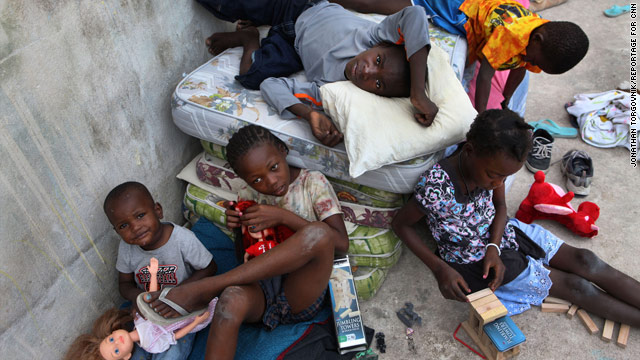
Trafficking on a global scale
27 million – Number of people in modern-day slavery across the world
800,000 – Number of people trafficked across international borders every year
U.S. Department of State, Trafficking in Persons Report: 2007
1 million – Number of children exploited by the global commercial sex trade, every year
U.S. Department of State, The Facts About Child Sex Tourism: 2005
An estimated 2.5 million children, the majority of them girls, are sexually exploited in the multibillion dollar commercial sex industry
50% – Percent of transnational victims are children
U.S. Department of Justice

161 – Countries identified as affected by human trafficking
UN Office on Drugs and Crime, Trafficking in Persons

32 billion – Total yearly profits generated by the human trafficking industry
Trafficking within the United States
An estimated 14,500 to 17,500 foreign nationals are trafficked into the United States each year. The number of U.S. citizens trafficked within the country is even higher, with an estimated 200,000 American children at risk for trafficking into the sex industry.
U.S Department of Justice Report to Congress from Attorney General John Ashcroft on U.S. Government Efforts to Combat Trafficking in Persons
244,000 – Number of American children and youth estimated to be at risk of child sexual exploitation, including commercial sexual exploitation, in 2000.


38,600 – Estimated number of an approximate 1.6 million runaway/thrown away youth at risk of sexual endangerment or exploitation in 1999.

Investigators and researchers estimate the average predator in the U.S. can make more than $200,000 a year off one young girl.
NBC Report by Teri Williams
300,000 children in the U.S. are at risk every year for commercial sexual exploitation
U.S. Department of Justice
Taking a second to look at the trafficking facts is overwhelming. Human and children trafficking is a problem within the United States and throughout the world. The lack of understanding and published material is evident within our society. Trafficking becomes a profit driven industry, where humans and especially children are being exploited. The fact that people are not informed is a large part of the problem. People don’t see statistics on children trafficking on a day to day basis. If is don’t affect us, then most people don’t take the time to care. Getting informed about the problems with children trafficking is the first step to making a difference.
 Click HERE to open the feedback tool.
Click HERE to open the feedback tool.